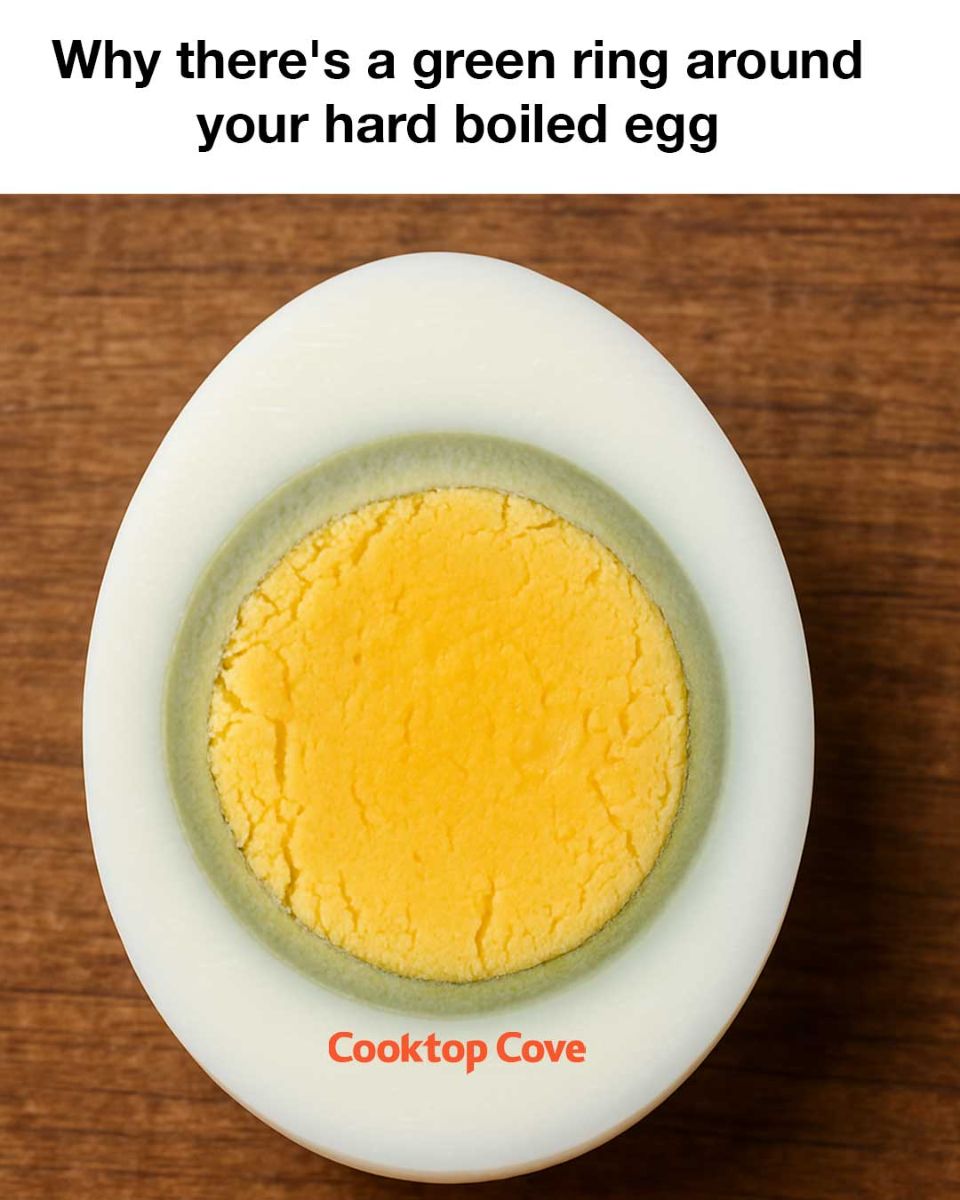Have you ever peeled a hard-boiled egg only to find a greenish ring encircling the yolk? This common occurrence can be surprising, especially if you’re not familiar with why it happens. The green ring is a harmless but often misunderstood phenomenon that can affect the appearance and perception of your boiled eggs. In this article, we’ll delve into the reasons behind this curious discoloration and explore whether it impacts the egg’s taste or nutritional value.
Understanding the Science Behind the Green Ring
The green ring around the yolk of a hard-boiled egg is primarily a result of a chemical reaction involving sulfur and iron. When eggs are boiled, the heat causes sulfur in the egg white to react with iron in the yolk, forming ferrous sulfide. This compound is responsible for the greenish hue that appears around the yolk. Although it might look unappetizing, it’s completely safe to eat.
Factors Contributing to the Formation of the Green Ring
Several factors can influence the formation of the green ring, including cooking time, temperature, and the freshness of the eggs. Overcooking is the most common cause, as prolonged heat exposure increases the likelihood of the sulfur-iron reaction. Additionally, older eggs are more prone to developing this ring due to changes in their pH levels over time.
The Role of Cooking Time and Temperature
Cooking time and temperature play crucial roles in the development of the green ring. Eggs that are boiled for too long or at too high a temperature are more likely to develop this discoloration. Ideally, eggs should be cooked just long enough to set the yolk without overcooking. Bringing the eggs to a boil and then allowing them to sit in hot water off the heat for about 9-12 minutes is often recommended to prevent the green ring.
The Impact of Egg Freshness on the Green Ring

